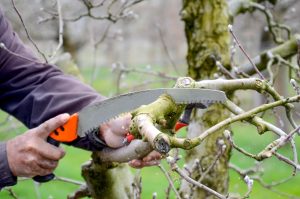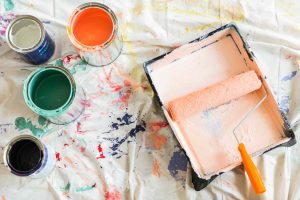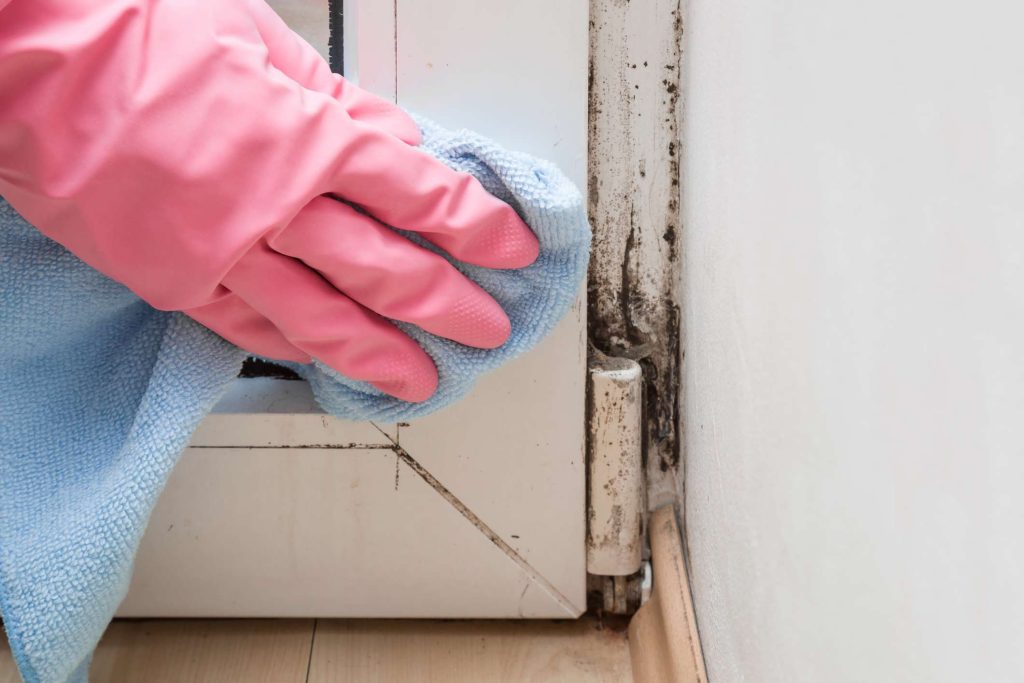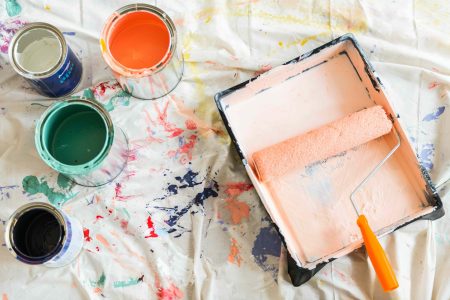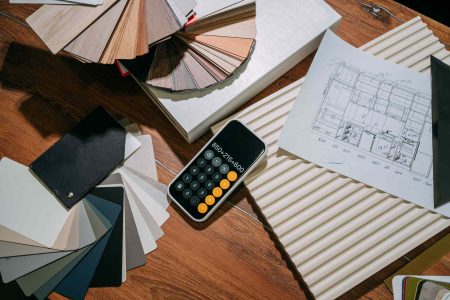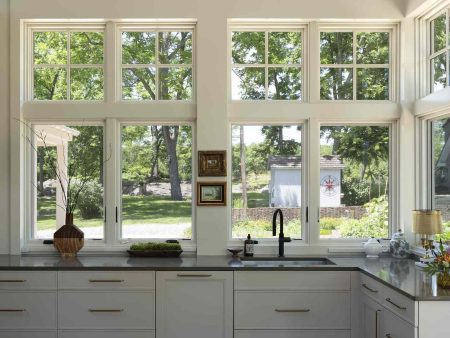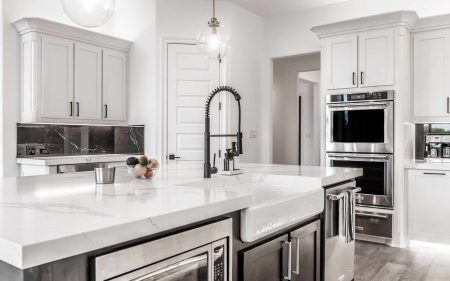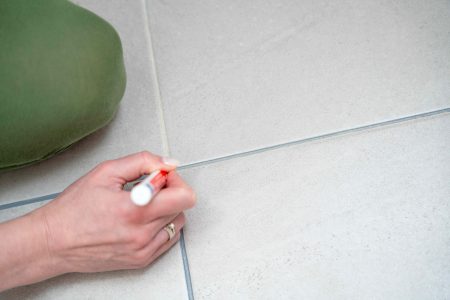Mold and mildew are often spoken of together, almost as if they were the same substance. We fear mold and mildew growing below our homes in crawl spaces, under house siding, around the bathroom wall surround, and behind the sink. Excessive, pervasive mold and mildew can hamper a house sale or cause homeowners to move their bedroom elsewhere. Neither mold nor mildew is welcomed in the home, in any form.
Though the terminology can be confusing, mildew refers to specific types of fungus, including some types of mold. The term “mildew” is often used generically to refer to mold that usually has flat growth. However, molds include all species of microscopic fungi that grow as multicellular filaments, which are called “hyphae.” Thus, not all mildew and mold should be treated the same. Read on to learn about mold vs. mildew so you can safely eradicate these growths and keep your home and family safe.
What Are Mold and Mildew?
Mold and mildew both are fungi that develop as a result of excessive, unchecked moisture in confined spaces. They grow in a wide range of temperatures, with some strains especially thriving at higher temperatures. Both of these types of fungi can eventually damage the home or cause health concerns.
Differences Between Mold and Mildew
While mold and mildew are both fungi that need water, oxygen, and food in order to live and survive, they differ in a number of ways. Mold tends to have a higher profile and can even become fuzzy, while mildew is usually flat. Mold exhibits darker colors such as deep green and black; mildew may begin as white, then turn brown or gray.
Mold vs. Mildew: a Visual Guide
-
Green, red, or black
-
Often confused for dirt
-
Darker shades
-
Fuzzy
-
White/gray in early stages
-
Turns brown
-
Flat
-
Powdery
-
Small dot
How Mold and Mildew Form
Mold and mildew need the right conditions for growth. To begin, they need mold spores as a type of seed. Spores grow with three factors: food (such as soil), water, and oxygen. Increasing or decreasing any of these factors will cause mold and mildew to grow or die.
Spores land on the surface, germinate, and grow. Mold and mildew may start as early as 24 to 48 hours after the surface has been dampened. Mildew’s white-gray spots spread outward, not upward, remaining on the surface. Mold, though, eats into its base—which makes it harder to remove—and sometimes grows upward.
Issues That Cause Mold and Mildew
Moisture is the chief cause behind the growth of mold and mildew. Mold spores entering your home are inevitable; this is difficult to stop. But you can stop the factors that help mold and mildew to grow. Besides moisture, lack of sunlight, poor ventilation, and dirt and debris can cause mold and mildew to grow. Because of this, mold and mildew tend to develop in the home:
- In crawl spaces
- Around showers and bathtubs
- In ceilings, near exhaust fans or recessed lights
- In or near areas where water is dripping (drainpipes, gutters, etc.)
- In the wall near the clothes dryer vent
- Near HVAC vents
- Under carpeting
Mold and Mildew Health Concerns
The health of both humans and pets may be affected by the presence of mold and mildew in the home. While some people may not be affected at all, others who are especially sensitive may experience symptoms such as itchy eyes, wheezing, or a runny nose. People with asthma or allergies will feel the most severe reactions to mold and mildew.
How to Prevent Mold and Mildew
- Keep things clean.
- Increase ventilation in the affected area with exhaust fans.
- Install dehumidifiers to reduce humidity.
- Ensure that sources of natural ventilation such as windows remain open, if possible.
- Make sure that sources of mechanical venting such as HVAC vents remain open and unblocked.
- Inspect vents for clothes dryers and ensure that vents are clean and that they are attached.
How to Treat Mold and Mildew
Before cleaning mold and mildew, always wear breathing protection, waterproof gloves, and eye protection. Use a mild detergent with water or a combination of vinegar and water with a new sponge.
-
Remove or Dispose of Unwanted Material
Begin with anything that can be removed and disposed of, such as wallpaper, rotted drywall, wood, and fabrics.
-
Mist With Clean Water
With mildew or dry mold, mist the remaining area with a squirt bottle filled with clean water to prevent the spores from being released into the air.
-
Mist With Soapy Water or Vinegar Solution
Mist the area with lukewarm soapy water or the vinegar-water solution.
-
Rub off Mold or Mildew With a Sponge
Mechanically remove the mold and mildew by rubbing them with the sponge. Frequently change the water and use fresh sponges. Using old water can redeposit mold or mildew spores back in the same area.
-
Let the Area Dry
Let the area thoroughly dry for at least 48 hours. The area must be completely dry before it can be put back in service.
Read the full article here
